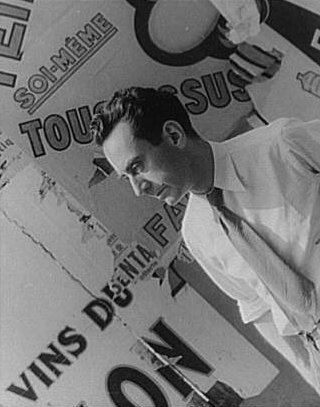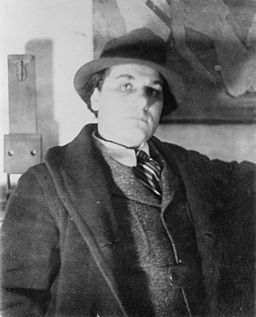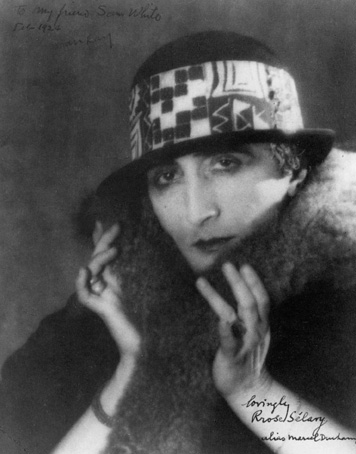Man Ray Portraits
Man Ray Portraits, at London's National Portrait Gallery, is the first museum retrospective of the portrait work of the artists photographic portraits. Including over 150 works collected together from public and private collections worldwide.
Man Ray (1890 – 1976) was an American artist who spent most of his career in Paris. Although photography was central to his career, both art photography and high fashion photography, he saw himself centrally as a painter. Often creating Dada or Surrealist images through small painterly interventions onto the photographic image. For example in the gelatin silver print from 1924 Le violin d'Ingres (loaned from the Getty Museum) which used the image of the turbaned model Kiki (also Man Ray's lover) in an image inspired by the nudes of painter Jean-Auguste-Dominique Ingres. Man Ray photographed the model, then painting the musical symbols onto her spine on the print and then rephotographed the image to make a new print.
Although he had his first solo exhibition of paintings and drawings in 1915, it was his commercial career, for magazines such as Harpers Bazaar, that cultivated his reputation and made him a comfortable living. This allowed him to experiment with different photographic techniques and styles and also gave him access to the celebrities and artists of the day. One of these experiments, using objects, light sensitive paper and light exposure he called Rayograms.
Man Ray's lovers and muses feature prominently in his work. His lover directly after Kiki was Lee Miller and a key image of the exhibition is Solarised Portrait of Lee Miller (1929, the year they got together) in which Miller is portrayed as almost a goddess, no trace of personality just stately beauty, with her hair haloed in gold. Later, in his Hollywood years from 1940-50 he would make multiple portraits of his partner, the dancer Juliet Browner, who would remain with him for the next 36 years.
Man Ray Portraits is arranged chronologically, starting with a 1916 portrait of Marcel Duchamp, allowing the viewer to see the nuances in style and the shifting thematic interests of the artist. The exhibition follows his life story; from his early years in America when teaching himself photography in order to be able to reproduce his own paintings and drawings, to Paris and his involvement with Dada and then back to Hollywood and his photographic career, his various lovers and cinema and then back to Paris when his celebrity was complete. The content of the exhibition, however, tends to focus on the earlier 1920's period and the personalities and artists that surrounded Man Ray; Jean Cocteau, Ernest Hemingway, Gertrude Stein, James Joyce etc. This period was the time of Man Rays true experimentation and the time when Man Ray's idea of image and composition were being formed. Later, especially in Hollywood, his portraits become more standardised and formal, although accomplished they lack the creative energy of this initial Parisian time.
The exhibition will travel to the Scottish National Gallery and then to the State Pushkin Museum of Fine Arts in Moscow. Man Ray Portraits at the National Portrait Gallery runs until May 27th 2013.



